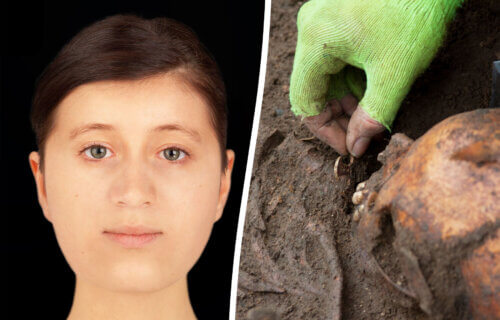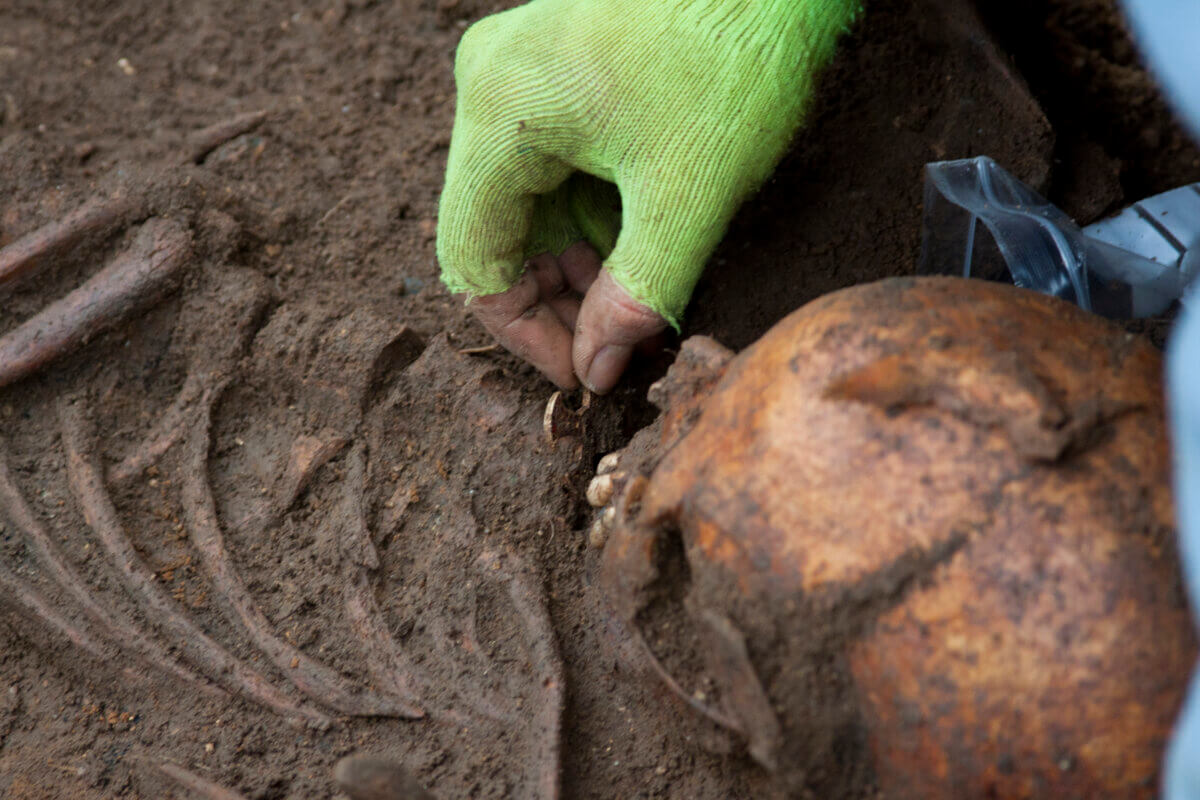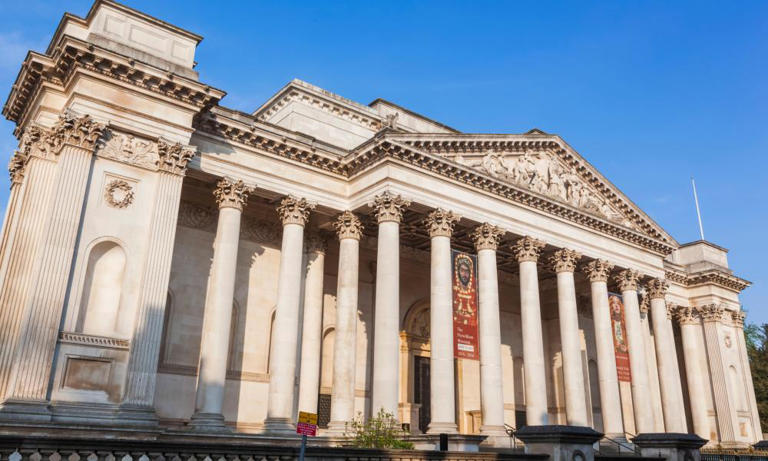Businesses' changing credit usage a worrying trend: Equifax
, The Canadian Press
New data suggests a significant shift in credit usage among businesses in the first quarter of 2023, Equifax Canada said.
The latest numbers highlight growing financial stress in the industrial and financial trades, and cast doubt on the stability of the Canadian economy, the credit rating agency said Tuesday.
Businesses’ total outstanding balance on bank-issued instalment loans declined by 2.4 per cent compared with the first quarter last year, at $12.9 billion.
However, credit card balances grew by 15 per cent and lines of credit increased by 11 per cent.
Jeff Brown, head of commercial solutions at Equifax Canada, said the shift in credit usage by businesses is alarming.
"It's not something we've seen in the past few years," he said. "This is kind of like an early warning indicator."
Instalment loans are generally used for growth and expansion, Brown said.
"You have to be spending money to be making money as a small business," he said. "When you see a lapse in that, you see a growth in credit card spends, typically, it's a sign of financial instability."
Equifax said the Bank of Canada's rate hikes may have contributed to this trend of shifting toward credit products that don't lock business owners into fixed repayment periods and offer more interest-rate flexibility.
With many businesses already holding extra debt from the pandemic, such as from government loan programs, racking up credit card debt could put businesses in a difficult hole to dig themselves out of, Brown said.
General conditions for businesses are getting tougher, said Pedro Antunes, chief economist at the Conference Board of Canada.
Businesses relying on short-term credit products is “not a good sign,” he said.
Bankruptcy levels aren’t a disaster at this point, as they’ve now met pre-pandemic levels, but the upward trend nevertheless points to the challenges businesses are having as the economy slows, Antunes said.
The decline in instalment loans and the shift toward credit card usage could be impeding businesses' growth potential and hindering their ability to make larger investments, Equifax said.
This is the first quarter we have seen this shift, Brown said, noting that businesses could just be testing the waters and hoping interest rates normalize. Banks are likely also getting a little more stringent with lending in the wake of the U.S. banking crisis, he said.
But over time, credit card usage could become a dangerous habit, and a decline in small business spending could have trickle-down effects, he said.
"All these debts are starting to accumulate, so we have seen delinquencies climb back up to near pre-pandemic levels," said Brown. "We just don't want to see this trend continue."
The consumer has been resilient as households spent the savings they had built up over the pandemic, but Antunes expects spending to slow going forward, which will weigh on businesses.
“A lot of those excesses that households have, I think, are being whittled away by inflation, by interest rates,” he said.
The Conference Board’s own confidence index shows businesses aren’t feeling optimistic, said Antunes, and are likely to hold back on spending or investment.
Equifax said industrial and financial trades in particular are showing signs of financial stress, which could have ripple effects on the overall economy.
The first quarter also saw a slowdown in new business openings, which Equifax said is a concerning trend. January, February and March have shown a consistent month-over-month increase in business establishments for the past two years, the agency said, but in 2023 there was a noticeable dip.
As of the end of February, new business starts were down year over year by 16.5 per cent in Ontario, 14.2 per cent in B.C., 11.4 per cent in Alberta and 7.5 per cent in Quebec.
Brown said this trend is expected to continue throughout the summer as economic conditions weaken amid higher interest rates.
"There might be a whole backlog of aspiring entrepreneurs of aspiring entrepreneurs who want to start their business, but they just know that now's not the right time," he said.
"The cost of borrowing money is too expensive."
This report by The Canadian Press was first published June 20, 2023.
















